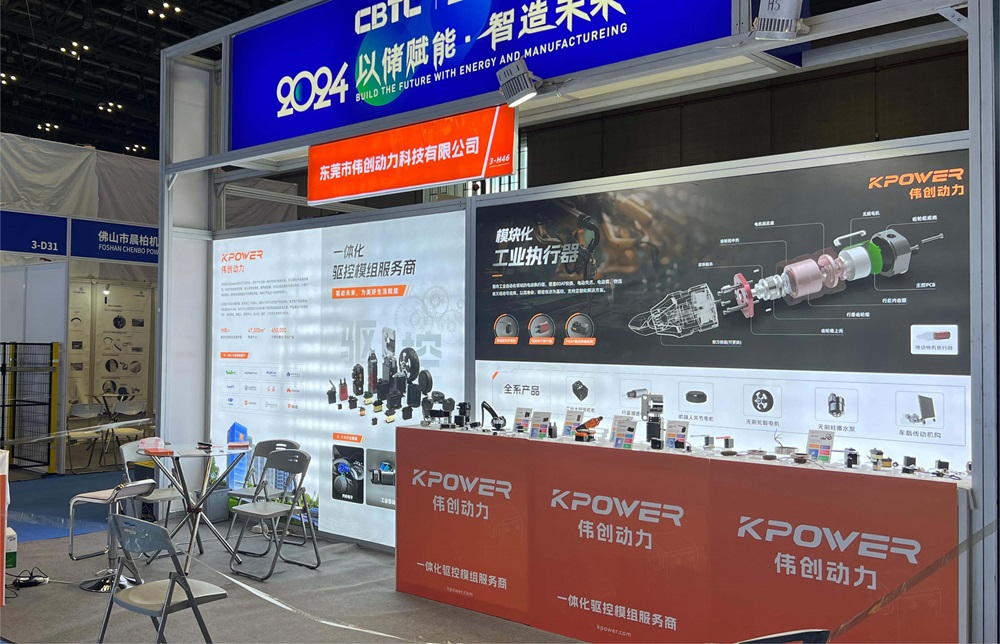When it comes to software architecture, businesses often face a choice between two dominant models: monolithic and microservices. It’s easy to get lost in the jargon, but understanding the basic differences can be the key to making smarter decisions for your company’s tech needs.

Let’s start with monolithic architecture. Imagine it as a single, cohesive unit, like a block of concrete. All of the application’s components are tightly integrated into one big, chunky package. Think of it like an old-school factory, where every department works side by side. This setup can be great for smaller applications or early-stage companies who need a straightforward solution. It’s easier to build initially because you’re dealing with one codebase, one system, and one team focused on one thing. But as your business grows and your software needs evolve, this “one-size-fits-all” structure can become a bit cumbersome. Updating or scaling different parts of the app could become a hassle, since everything is so tightly linked. If one piece breaks, the whole thing might come down. So while monolithic is fine at first, it can become a heavy weight to carry as things get bigger.
Then we have the microservices model, which has become more popular in recent years. Microservices is like breaking that big block into smaller, independent pieces, kind of like building a city with separate buildings instead of one giant structure. Each part of the software can run independently, which makes it much easier to update, scale, and manage. Want to tweak the payment system? No problem! Want to improve customer support without affecting the rest of the app? It’s all good. Microservices allow different teams to work on different features without stepping on each other’s toes, which can significantly increase efficiency. But of course, this comes with its own set of challenges. Now you have to deal with multiple codebases, databases, and communication between services, which can get a little complicated. There’s also the need for more infrastructure, monitoring, and potentially increased costs due to the additional complexity.
Now, you might be thinking, “Which one is the right choice for me?” Well, it depends on your needs. If you’re a startup, or you’re building something simple that doesn’t need to scale up quickly, monolithic could be the better option. It’s fast to develop, easier to maintain initially, and works well when you’re keeping things simple. On the other hand, if you’re expecting growth, if your application will have a lot of moving parts, or you anticipate needing rapid changes in the future, microservices might be the smarter long-term choice.
Let’s take an example. A retail website might start with a monolithic architecture. But as the website grows and it needs to handle more users, customer profiles, inventory systems, and various payment options, a microservices approach will make it easier to manage all these different parts without overloading any one system.
In the end, both approaches have their pros and cons, and the decision boils down to your business’s specific needs, size, and goals. If you’re unsure, it’s always a good idea to consult experts who can guide you through the decision-making process and help you implement the best solution for your unique situation. At the end of the day, it’s about choosing what will set you up for success, whether that’s the simplicity of a monolithic design or the flexibility of microservices.
The tech world can feel overwhelming, but don’t let the choice between monolithic and microservices add to that stress. Take your time, understand your growth trajectory, and choose the path that best supports your business’s vision.
Established in 2005, Kpower has been dedicated to a professional compact motion unit manufacturer, headquartered in Dongguan, Guangdong Province, China. Leveraging innovations in modular drive technology, Kpower integrates high-performance motors, precision reducers, and multi-protocol control systems to provide efficient and customized smart drive system solutions. Kpower has delivered professional drive system solutions to over 500 enterprise clients globally with products covering various fields such as Smart Home Systems, Automatic Electronics, Robotics, Precision Agriculture, Drones, and Industrial Automation.




































